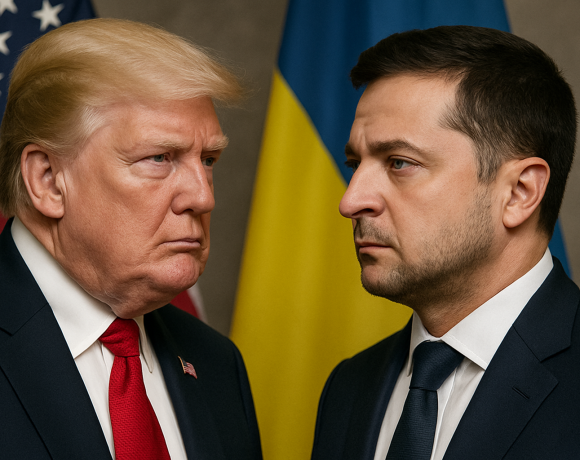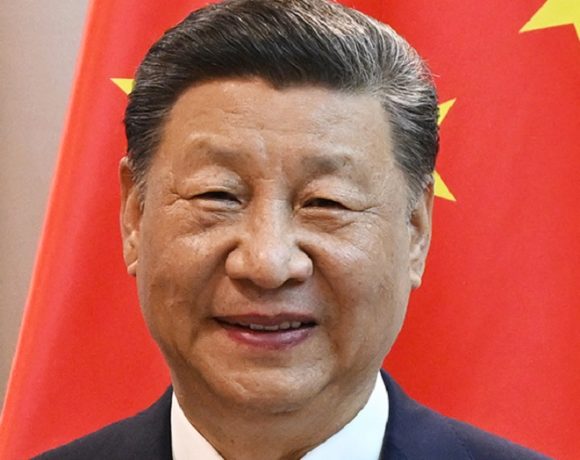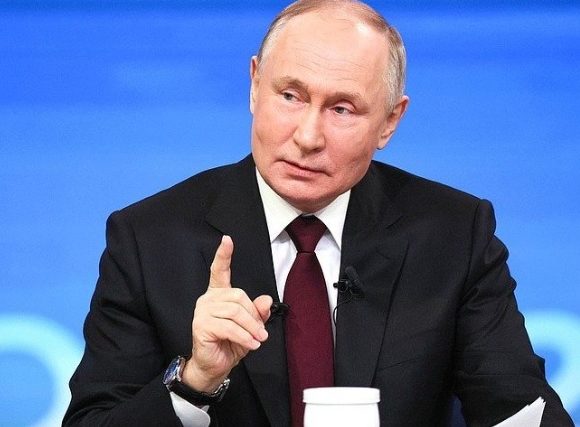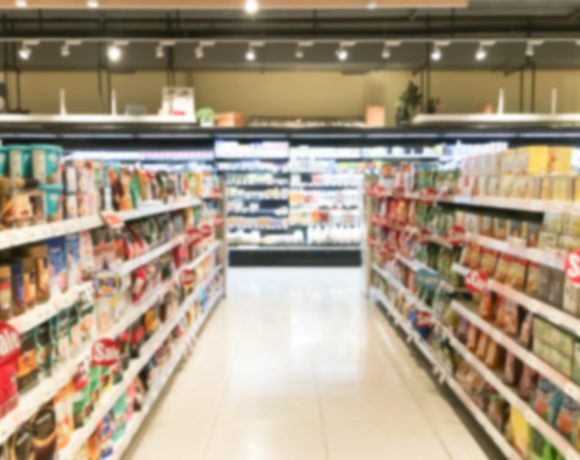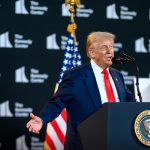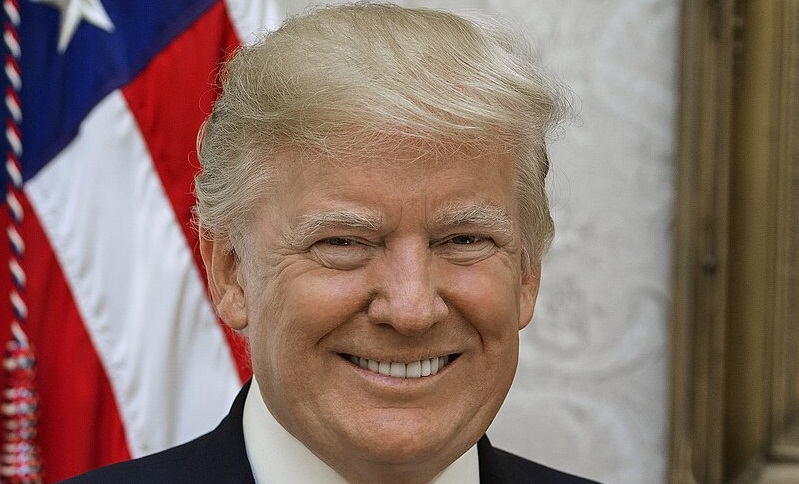
Trump Threatens Tariffs on 14 Countries From August 1
President Donald Trump has formally notified 14 countries that they will face steep import tariffs beginning August 1, 2025, unless new reciprocal trade agreements are concluded. The announcement marks a dramatic expansion of Trump’s protectionist trade strategy, aimed at rebalancing what he calls decades of “unfair trade practices” against the United States.
Countries Facing New Tariffs
The list of targeted countries includes both strategic allies and emerging economies:
- Japan and South Korea will face 25% tariffs, primarily affecting automobiles, electronics, and consumer goods.
- Bangladesh and Serbia are slated for 35% duties.
- Myanmar and Laos face the highest proposed tariff of 40%.
- Cambodia and Thailand will be hit with 36% tariffs.
Other nations impacted include Malaysia, Tunisia, Indonesia, Bosnia & Herzegovina, Kazakhstan, and South Africa.
These countries were served with formal letters detailing the tariff structure under Trump’s reciprocal tariff policy, which asserts that if a nation imposes high tariffs on American goods, the U.S. will impose equivalent or higher duties in return.
Trade Deadline and Negotiation Window
The August 1 deadline has been described by Trump as “not 100% firm,” implying some flexibility if nations engage in last-minute talks. However, the administration has also warned that any retaliation from targeted countries could trigger even higher duties under a tit-for-tat framework.
Economic Fallout and Global Response
The move has triggered a mix of anxiety and diplomatic activity.
- Japan and South Korea are actively pursuing trade carve-outs and negotiation windows to soften the blow on sensitive sectors like autos.
- Bangladesh and Cambodia, whose economies heavily rely on exports of garments and textiles to the U.S., are lobbying for exemptions.
- European officials have expressed concern that these tariffs could spiral into broader trade disputes if extended to EU members.
Trump has also hinted that similar measures may be applied to additional sectors like copper, pharmaceuticals, and technology components, which have already seen sector-specific tariffs in recent weeks.
Broader Tariff Strategy
The tariff announcements are part of Trump’s aggressive bid to raise the effective U.S. tariff rate, now hovering between 17–18%, the highest since the Great Depression era. His administration continues to issue bilateral ultimatums rather than negotiating through multilateral forums like the WTO.
With just weeks to go before the implementation deadline, diplomatic channels are abuzz with backdoor negotiations. Trump’s approach has raised fears of supply chain disruptions, rising costs for U.S. consumers, and a fresh wave of global trade instability.


